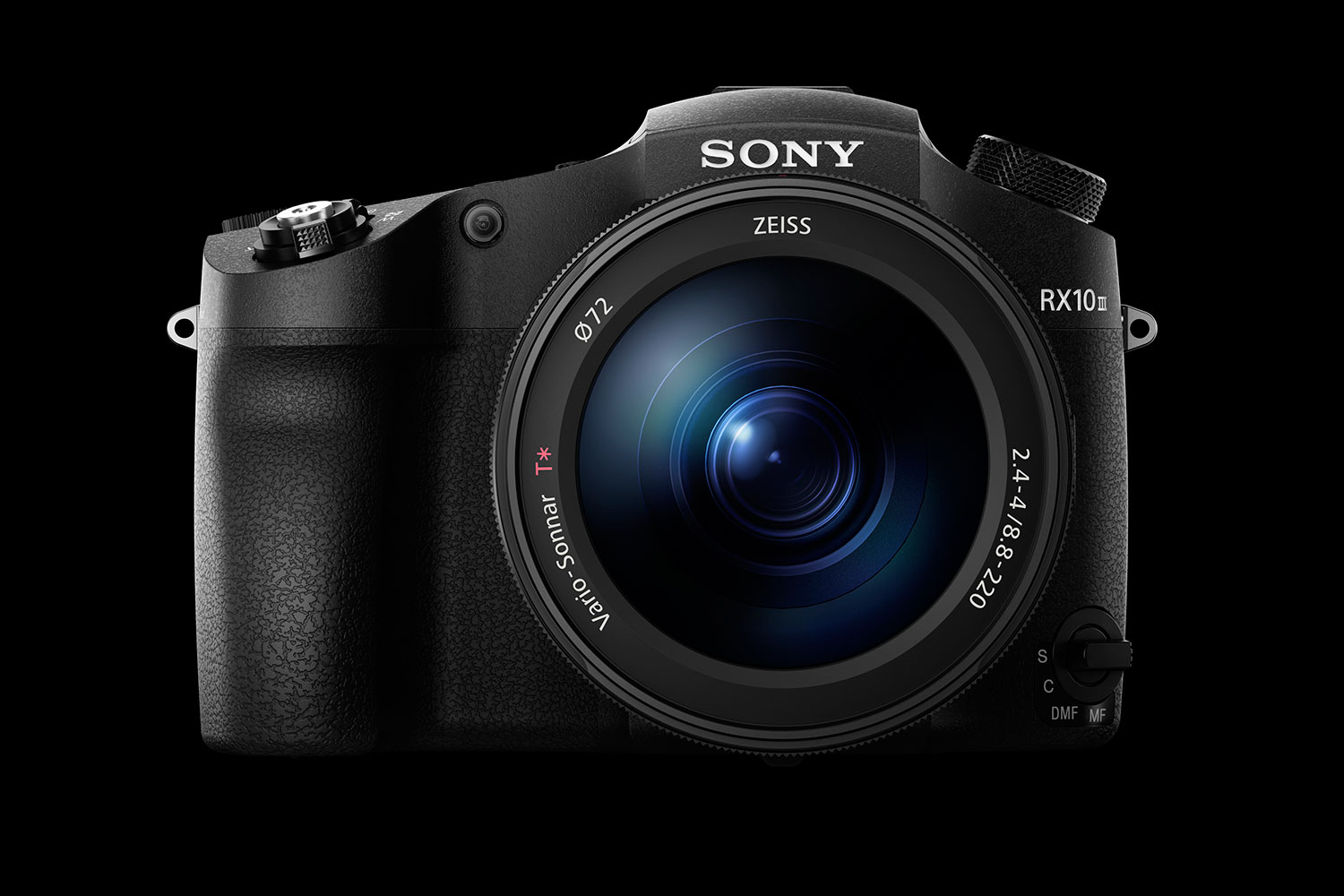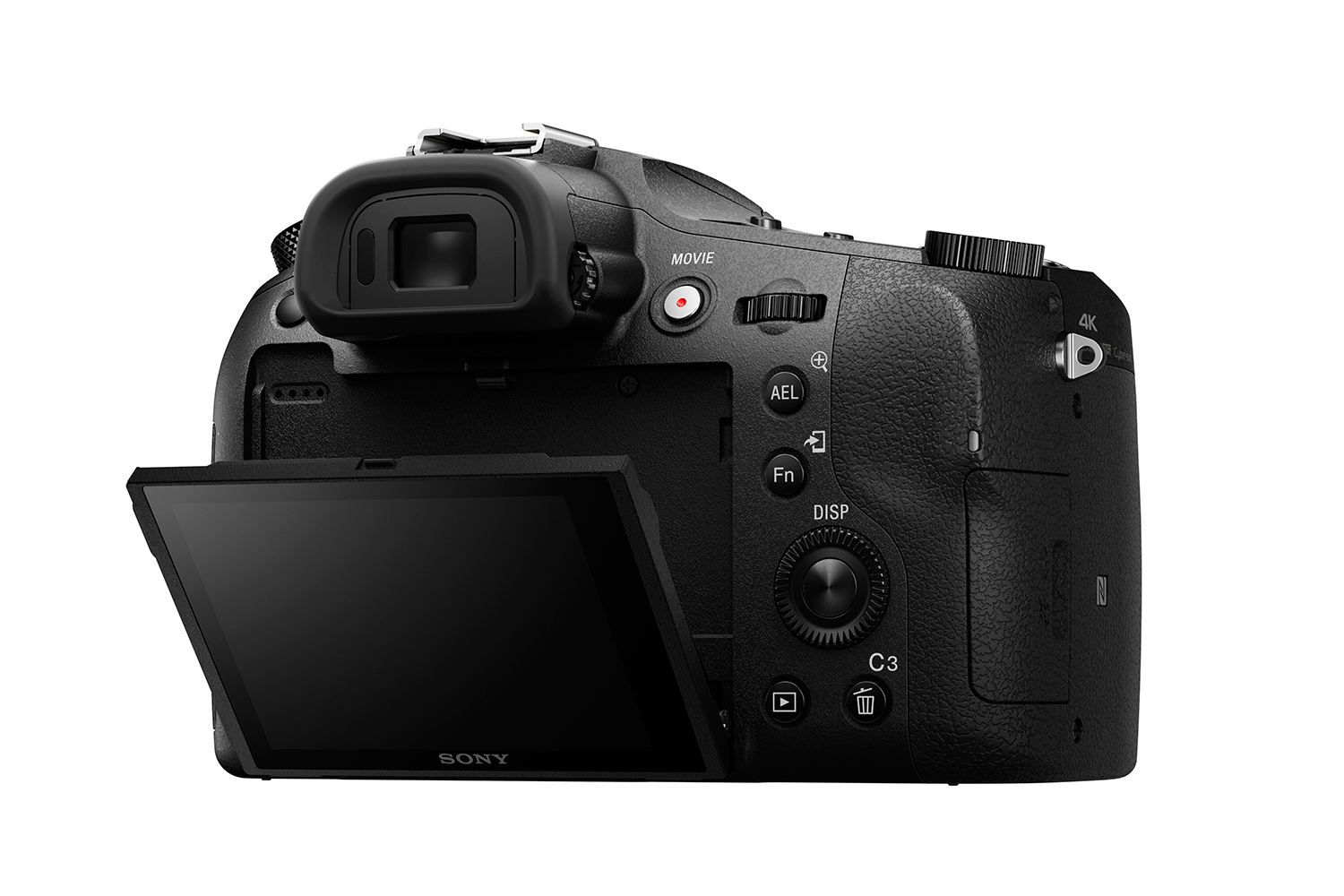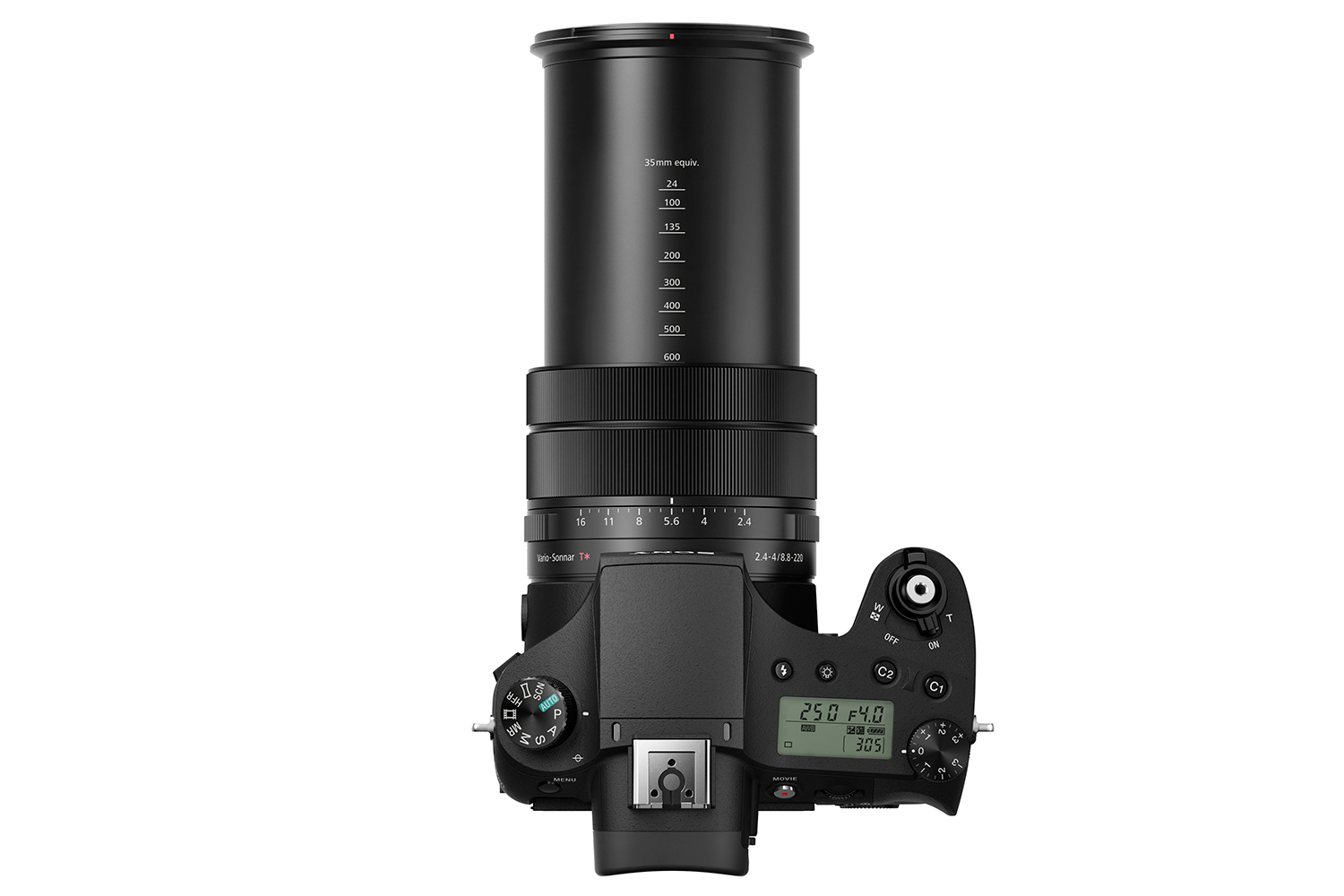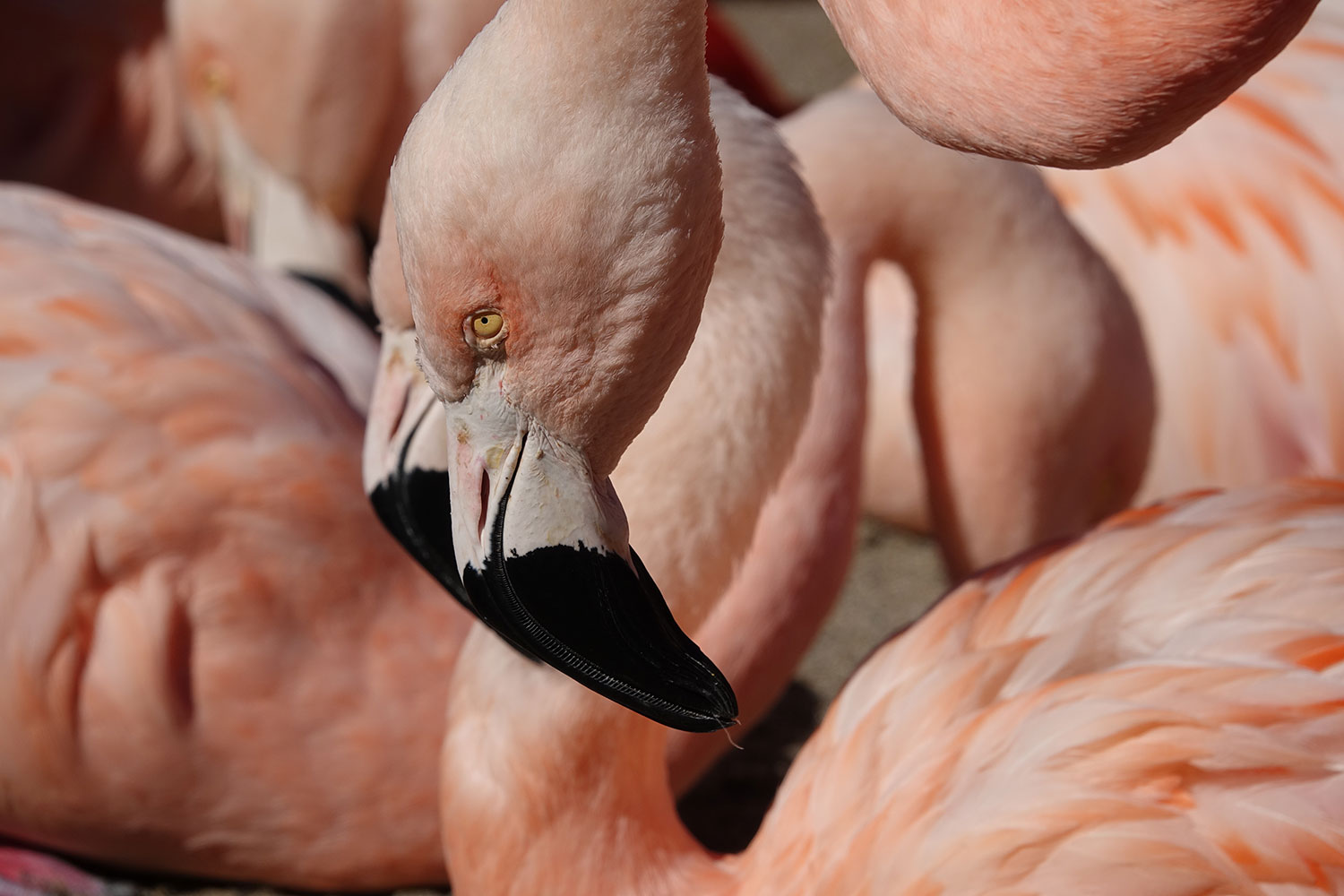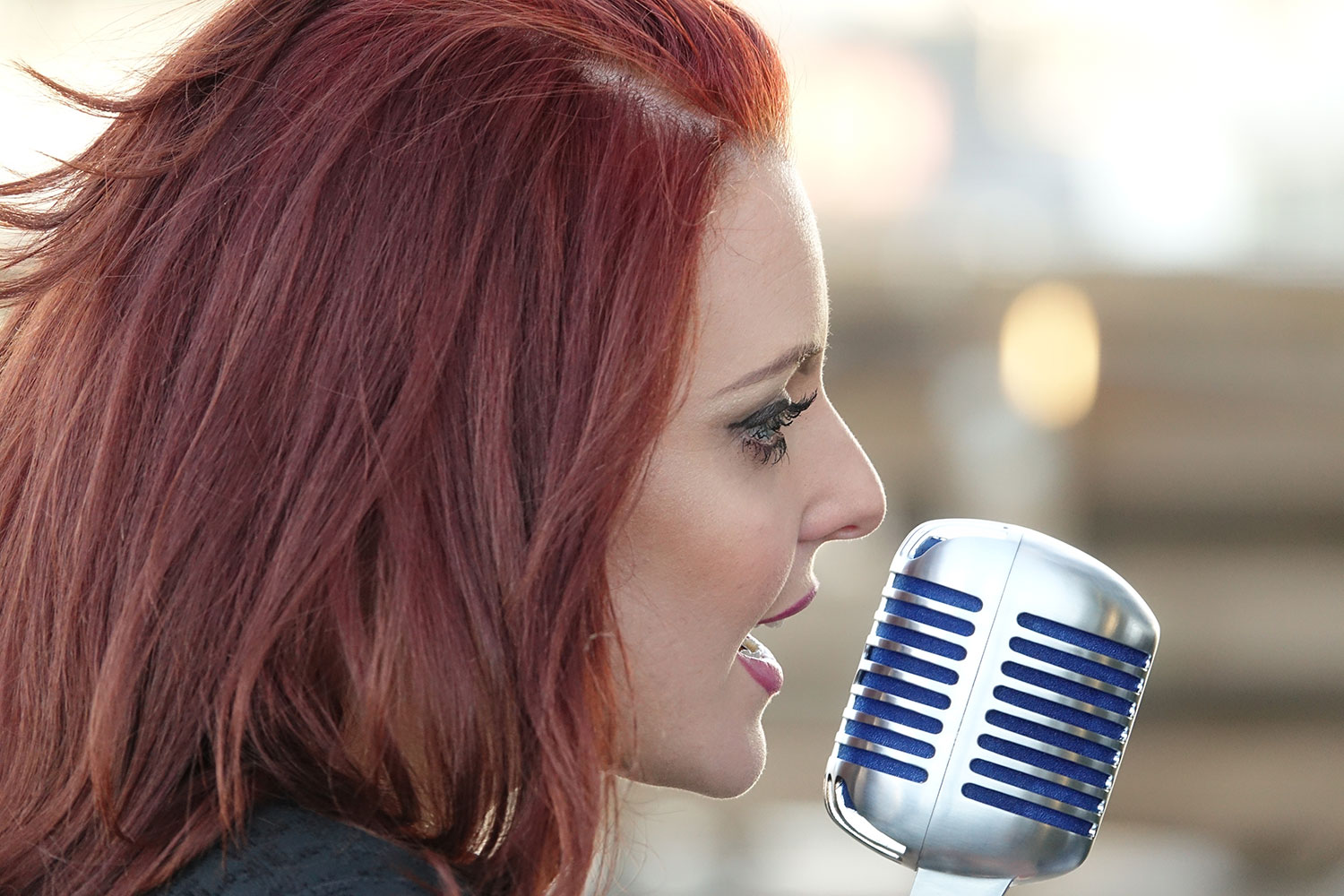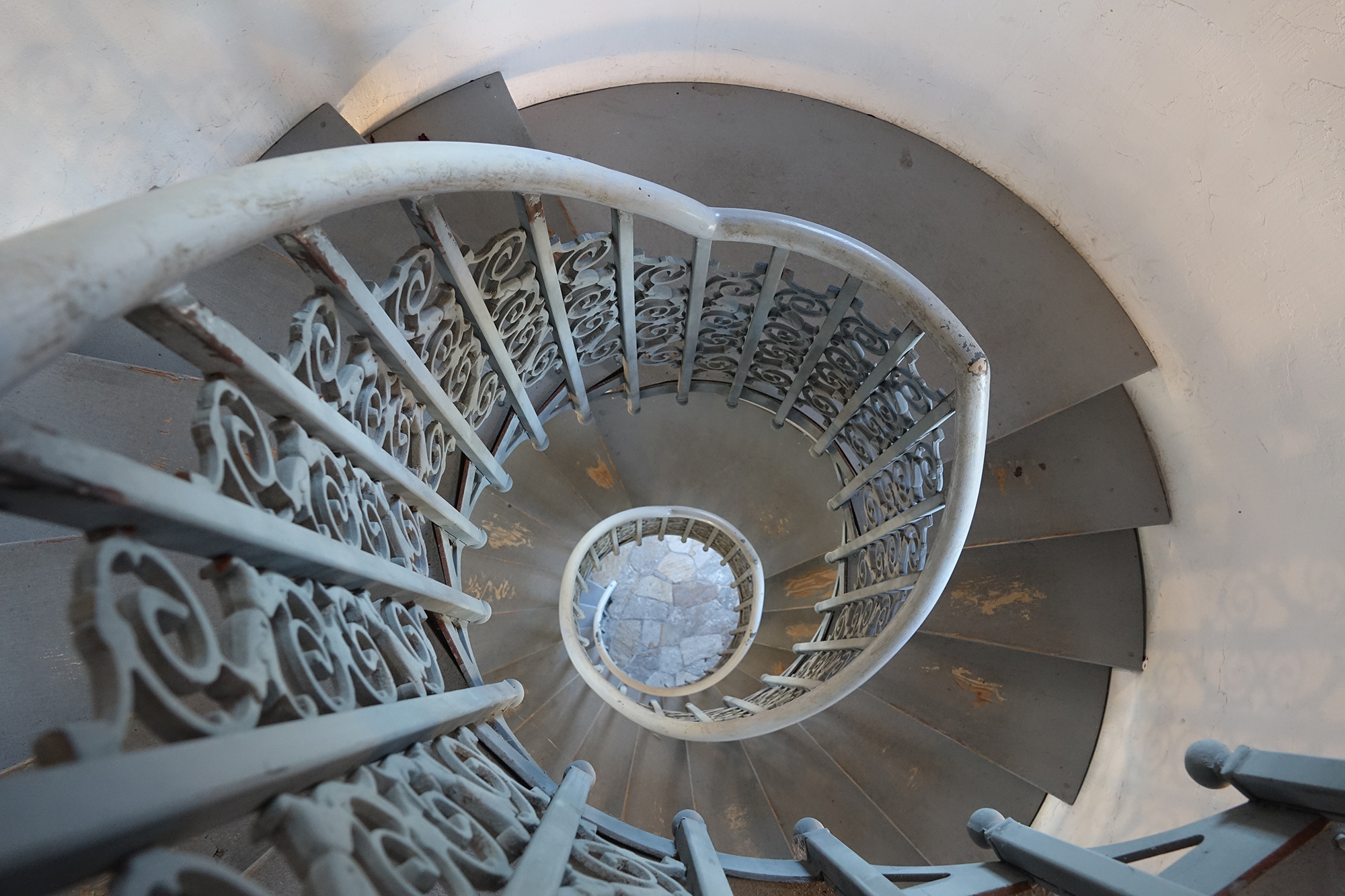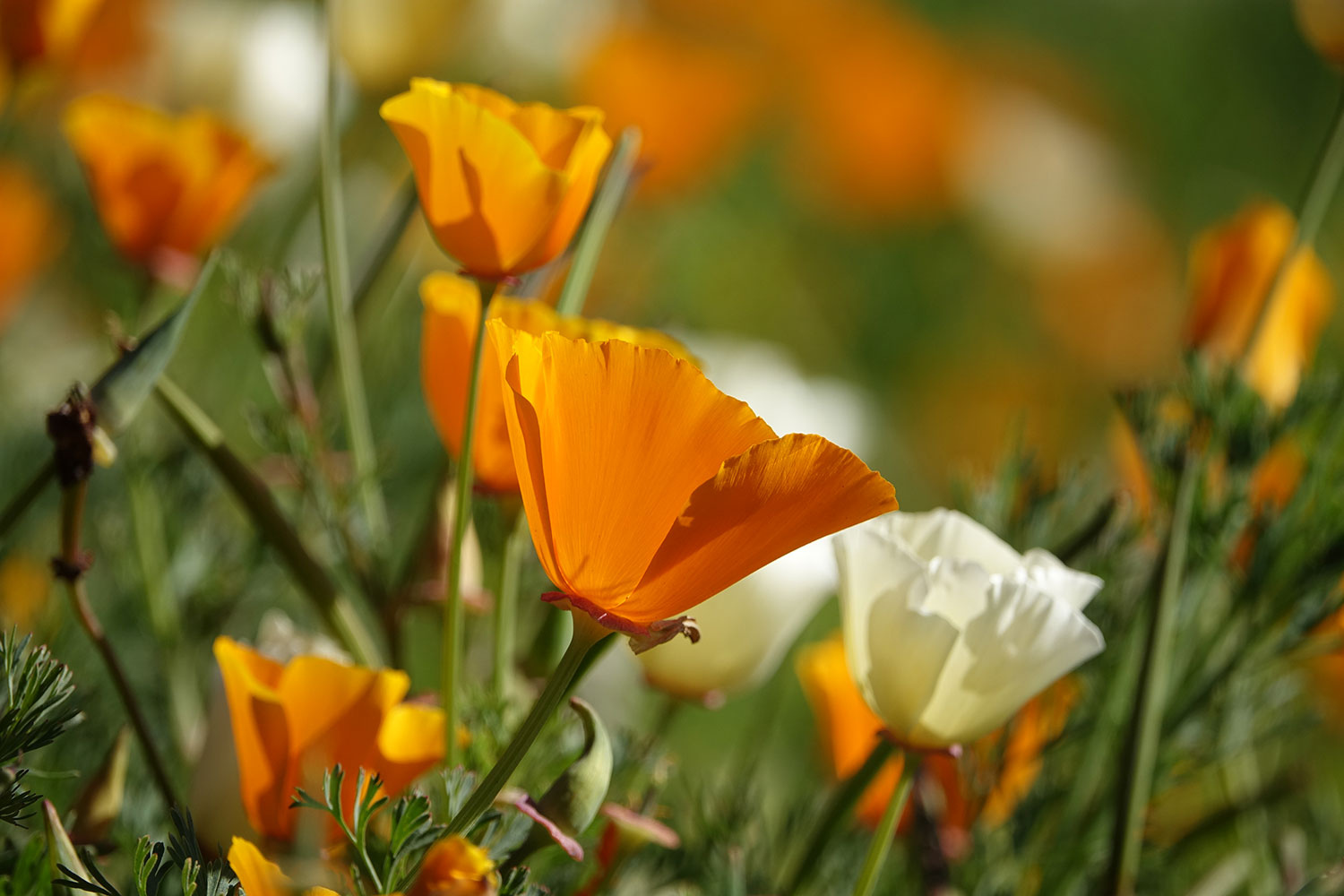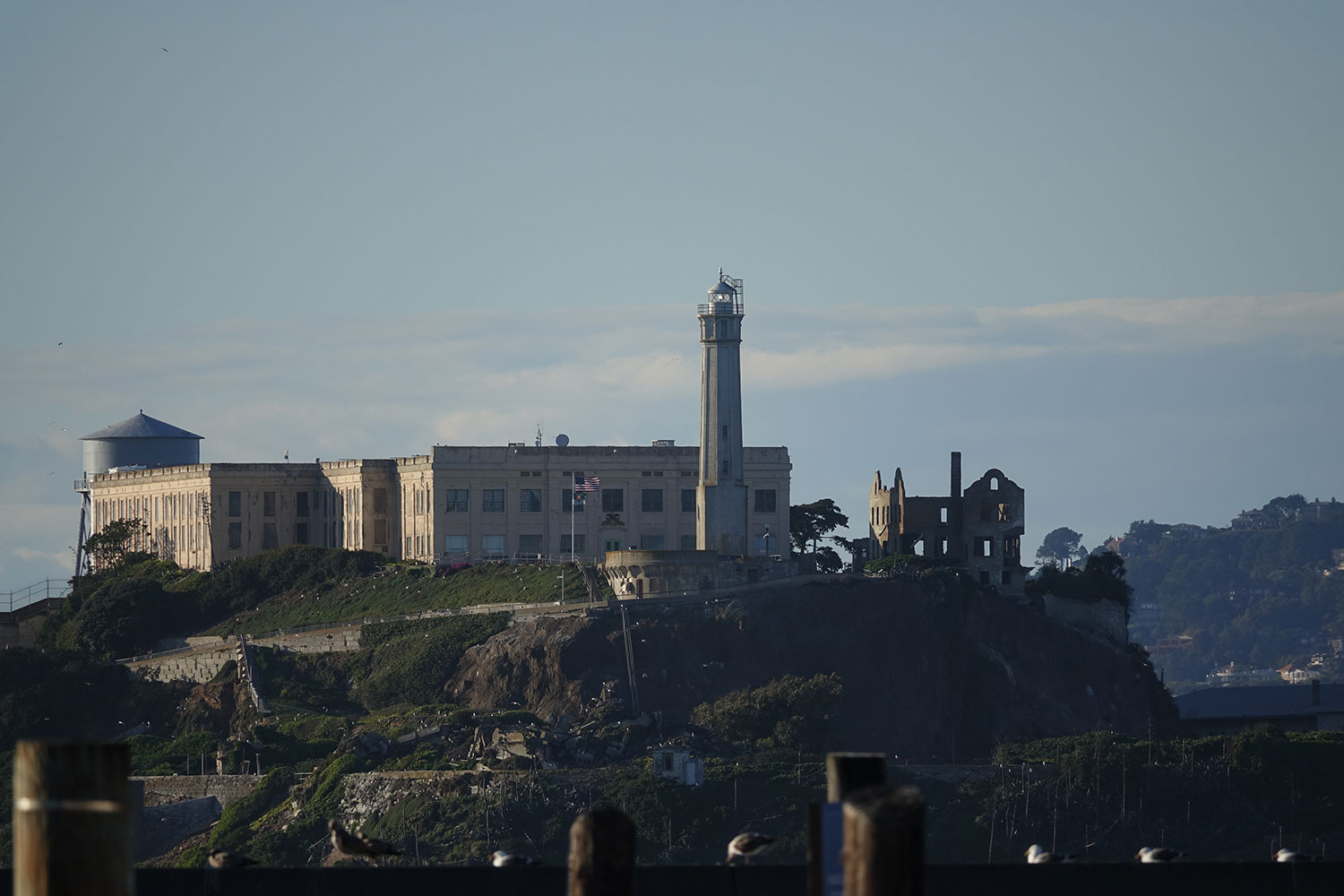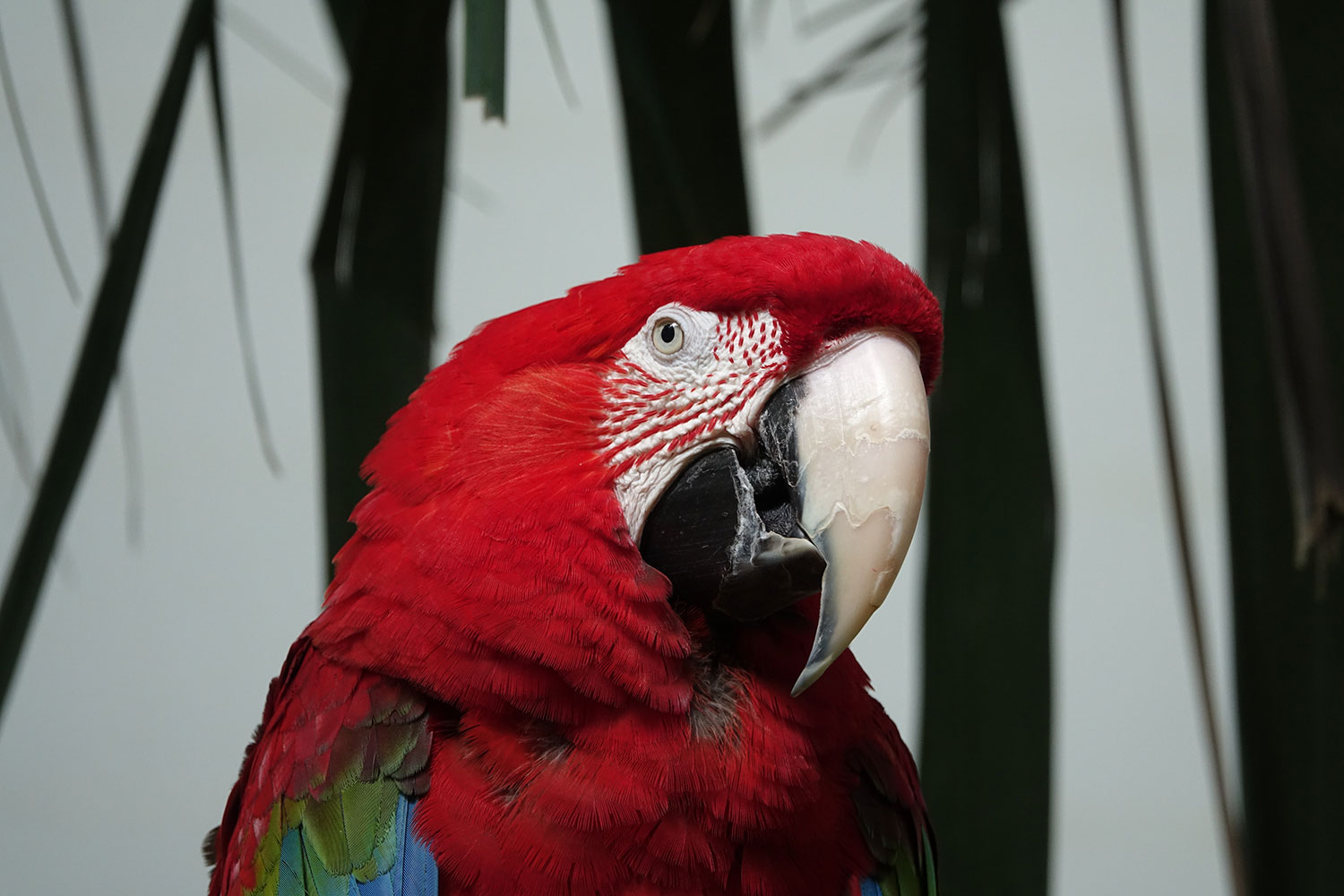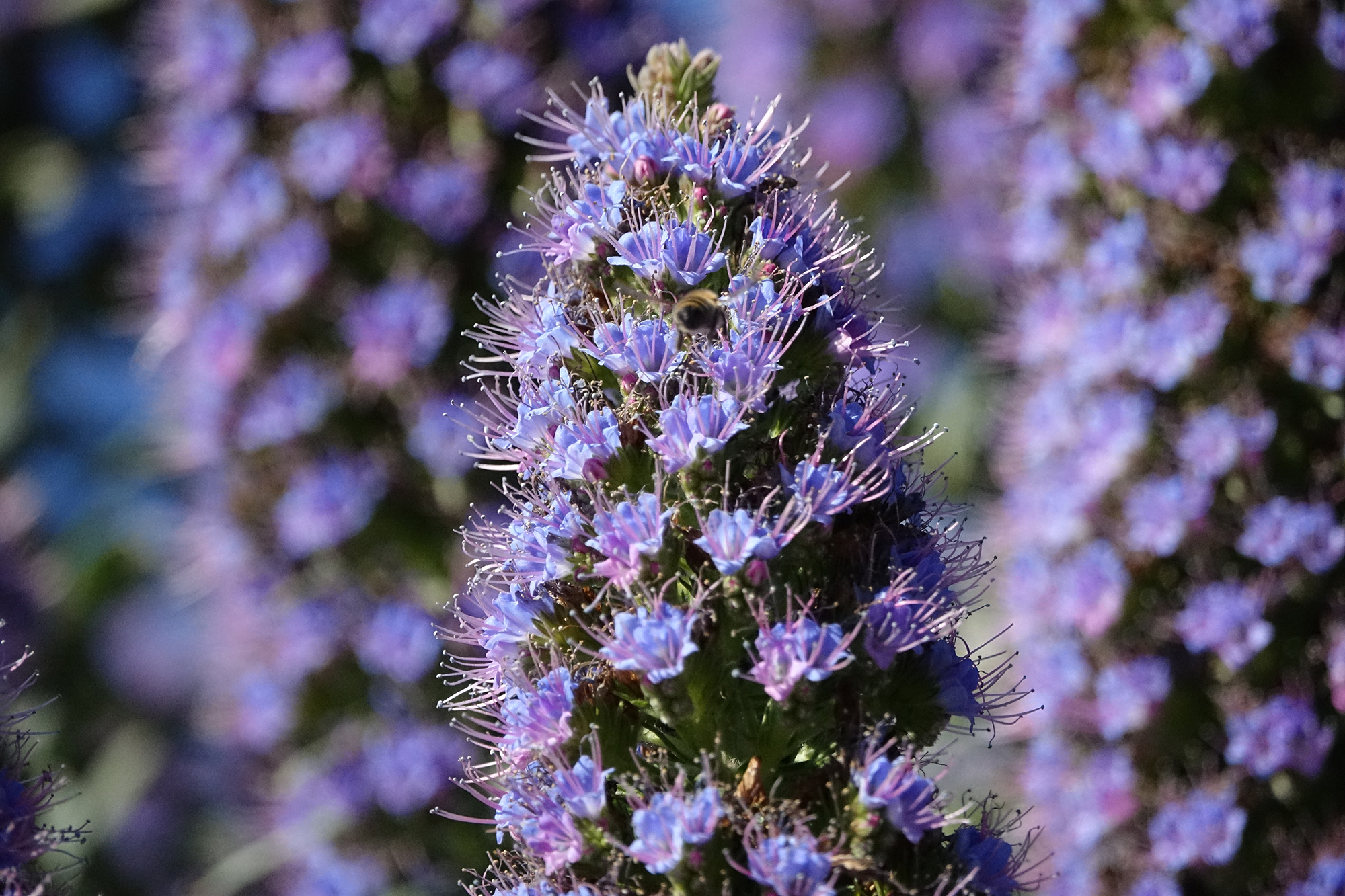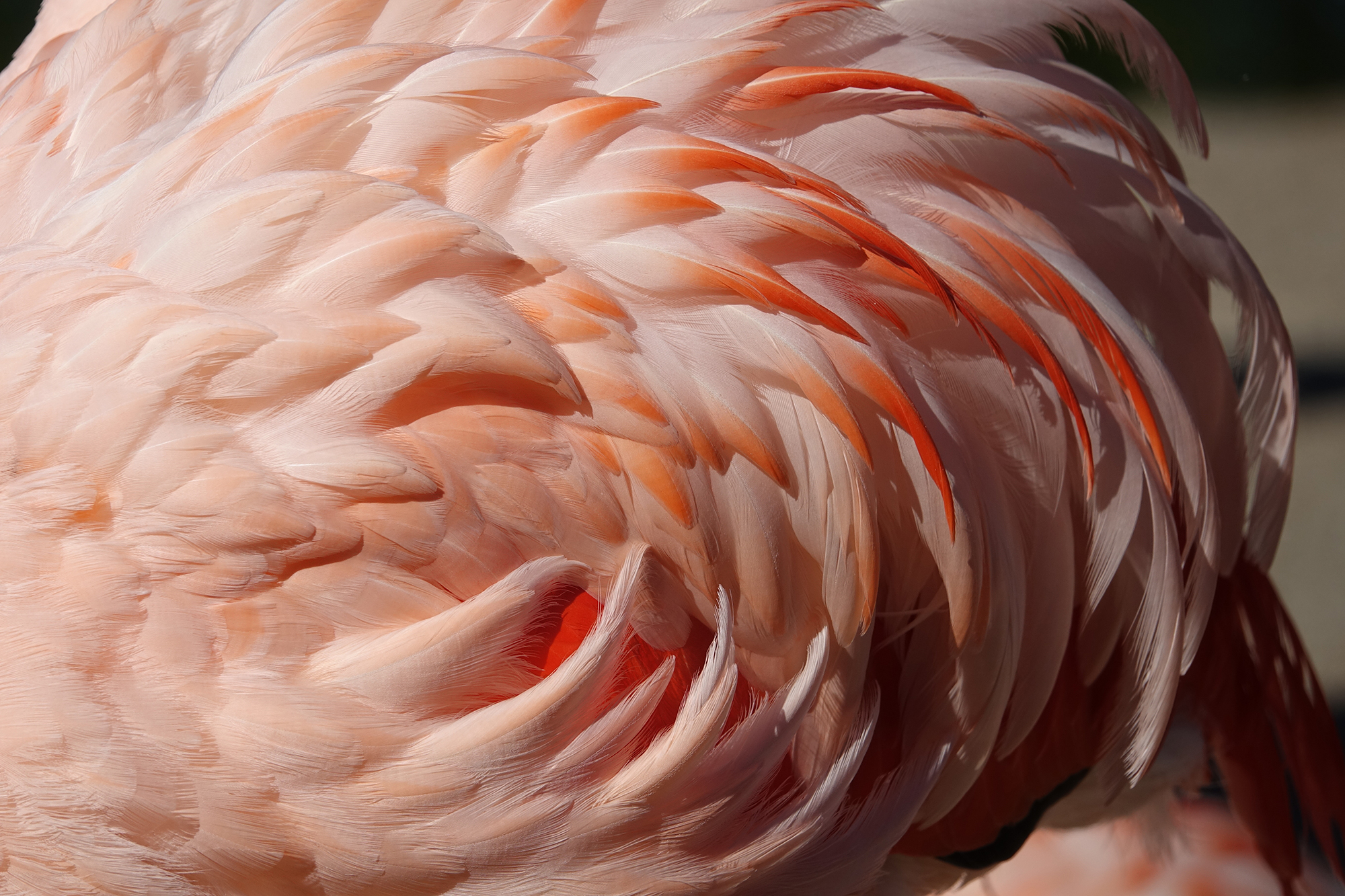Sony recently made a big deal unveiling the RX10 Mark III ($1,500), its latest mega-zoom camera. The RX10 III doesn’t hit stores until May, but Sony provided us with a hand-on opportunity in San Francisco locations. We shot at several notable San Francisco landmarks, each designed to show off the highlight feature of this camera: the 25x Zeiss zoom lens. Here are our first-look impressions.
Mark III vs. Mark II (and others)
What really sets this RX10 from earlier releases is the long, built-in (fixed) zoom with a range of 24-600mm (25x) – triple the telephoto power of RX10 I and II (24-200mm, 8.3x). And this is no low-end lens either; it’s newly developed glass that incorporates the latest in lens technology Sony developed for its interchangeable lenses.
When the zoom is pushed to the max, the lens barrel is huge; this bridge camera is more like a DSLR than a pocket travel camera like the 30x Panasonic Lumix ZS60. The nearest competitor to the Mark III is the Canon PowerShot G3 X, but the Canon doesn’t have a built-in electronic viewfinder, 4K or slow-motion video capture, or “stacked” sensor technology. Plus, the G3 X has a slower lens (f/2.8-5.6 vs. f/2.4-4 for the Sony).
The RX10 III is larger than the RX10 II overall, weighing 10 ounces more and has a much bigger and sturdier grip. The grip proved useful when hand-holding the camera at maximum telephoto range. Sony also improved the built-in optical image stabilization system to help capture crisp, faraway subjects. We had good luck with birds at the San Francisco Zoo but the bountiful sunshine for fast shutter speeds certainly helped. The lens has a nine-blade aperture and wide f/stops (f/2.4-4.0) so we used the aperture priority setting a lot to blur backgrounds for a smooth, film-like effect. Even with the stabilization, when shooting at full telephoto, finding a nearby railing, to use as a makeshift tripod, should be considered. We did this at the Embarcadero, with the ruins of Alcatraz prison off in the distance.
Menu still needs improving
During media previews like this (we were Sony’s guest, but all opinions are our own) Sony typically offers interesting subjects for us to test the cameras. For example, a golden fan dancer made for a great slow-motion clip. The end-results were terrific but Sony still makes it difficult to use this feature, as the menu system is very obtuse. First, you have to turn the mode dial to HFR for High Frame Rate. Who other than Sony engineers knows this means “slow motion?” Then, there are multiple steps to prep the camera before you can shoot the scene. This has been annoying from Day One with the original RX10, and hopefully it will be resolved with the Mark IV or whatever is coming down the road.
Performance
Beyond a fan dancer, the company had fashion models, a mermaid (!), as well as a jazz combo to shoot. And, of course, there was the San Francisco waterfront with its sea lions and cityscapes as subject matter.
We found the camera focused quickly and the zoom moved rapidly through the 25x range. It was a lot of fun using it for the 10 hours or so we had with it. Just as important were the results, which had rich, accurate colors for stills, while the 4K and Full HD videos were smooth with no hint of rolling shutter or jelly effects.
We will talk more about image quality when we get a until for a full review, but we want to note that, specs wise, the RX10 III is nearly identical to the RX10 II. It uses Sony’s newly developed “stacked” 1-inch sensor that has a DRAM chip for enhanced performance, and how it achieves the super-slow-motion and 4K video capture without pixel-binning. And, both have features that videographers will find handy. The two are very similar, but the RX10 III has the advantage of the longer zoom lens. It was a complaint we had about the RX10 and RX10 II, and it was one Sony obviously acknowledged.
First impression
Bridge cameras that have a DSLR-like body pretend they can run with the real thing, but their smaller sensors are usually not up to snuff. They are fine as travel cameras for casual shooters, but they couldn’t step in as a secondary camera for pros or enthusiasts, who shoot with DSLR and mirrorless cameras. Sony is targeting this latter group wth the RX10 III, as a secondary camera.
From our brief take, this is a perfect camera for a DSLR owner, for the times he/she doesn’t want to lug around a big camera body and bag’s worth of interchangeable lenses (Sony says the 24-600mm range covers the most popular interchangeable lenses photographers use). The zoom offers more shooting options (from macro to wide-angle and telephoto), and the Mark III has just about every feature a 2016 camera should have, other than a touchscreen (fail). Bottom line? Even from our brief hands-on experience, this is another winner from Sony.
Update December 26th, 2017: Sony has since released the latest version of this camera, the Sony RX10 IV. The Sony RX10 III is still available for purchase. The original hands-on was published on April 1st, 2016.

